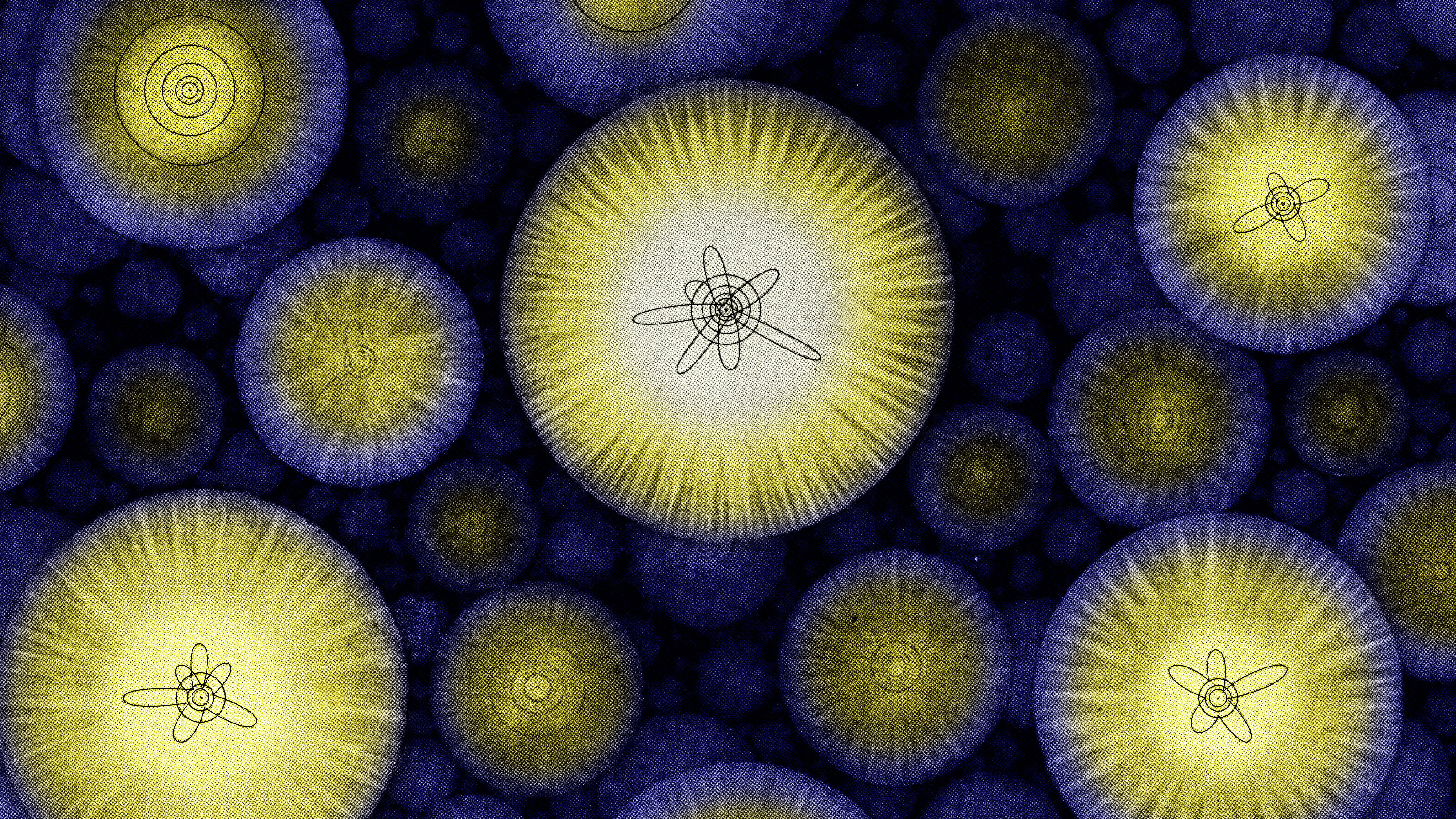When you smell a perfume you may be smelling hundreds of molecules at once, but the best nose in the world cannot smell more than five distinct scents.
Question: When you smell a perfume, what are you actually smelling?
Christophe Laudamiel: So when you smell a scent, whether it's your coffee smell... I mean, your coffee in the morning, yeah? Or a strawberry to a perfume from... that you would apply on your skin, a fine fragrance, you smell many, many, many molecules. So we're talking a hundred, two hundred, hundreds of molecules. And now it does not mean that the brain registers all these different molecules and it does not mean even that the best nose in the world sees hundreds of molecules and can write them on a piece of paper in one go.
The way it's processed, it's processed like patches, like facets. And even the best experts can smell only five to eight facets at a given time. But for the brain to register a facet, you have to have at least several components for each facet which together are going to give this signature that then you will recognize as coffee. But you won't be able to recognize the different things that you would see in coffee. Some of them, if you take them one-by-one, those facets... one is going to smell like a raw potato another one is going to smell like smoke, another one like toasted bread, another one like earth, and et cetera. But you don't really see all that. You will register it as coffee.
And in a complex perfume it's the same. You will register it as floral and you won't see the 20 molecules that were needed to recreate that floral boost in the fragrance. So it's true that when we create we can be playing with a lot of different ingredients but as I say it doesn't mean that when you smell, you analyze and see every single ingredient one-by-one. Maybe there is one, two, or three ingredients that are very important for the signature of the fragrance by themselves and you might recognize all of a sudden patchouli or mandarin
So, when we create a perfume whether it's a simple order or a complex perfume, it is true that we use many different molecules and many different naturals. Naturals are simply a complex mixture of different molecules that you find directly in nature. And a fragrance formula could have between 10, 20, to 80, 100 different of those ingredients. Now, when you smell that fragrance you are not going to see, even as the best expert, these 100 ingredients.
So it is like a Dalmatian dog, you don’t look at it as being a listing of 100 dots; you see it at the end just as a dog. And you can see how if you have this dog, on the black and white picture, you can remove a few dots from the dog, you will still see the dog and then at one point when you remove two or three dots, the dog is going to disappear in the whole picture. So that’s what we do in perfumery. We put enough of those dots to recognize a certain facet, a floral facet, a woody facet, and the brain then is going to register that as a floral note and is going to remind you of your grandmother and you’re going to say, “Oh, this is like my grandmother.” But to recreate the smell of grandmother, you have to have different molecules in there, some of them would have never – would never, by themselves, reminded you of your grandmother, but altogether, then you register grandmother, not the 20 molecules that are needed to do that.
Recorded September 9, 2010
Interviewed by Andrew Dermont





